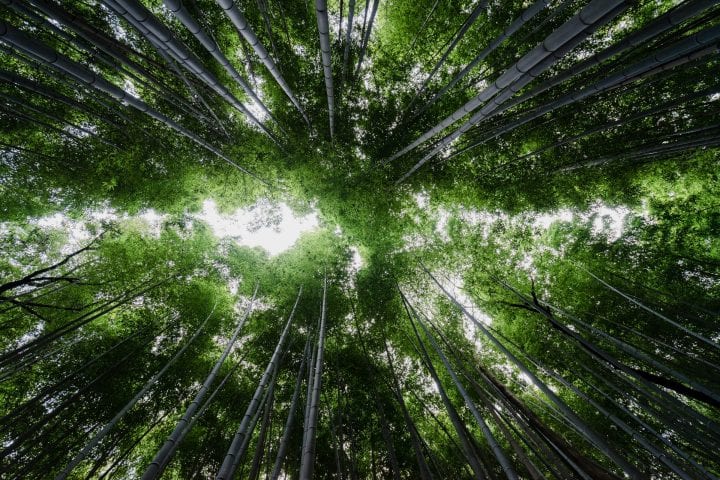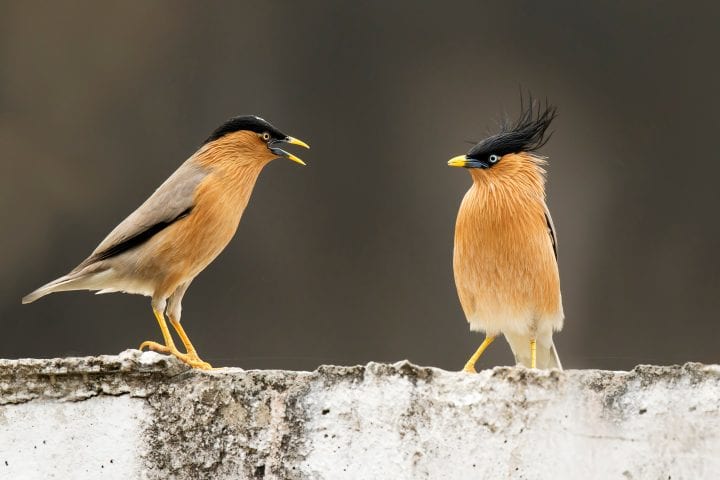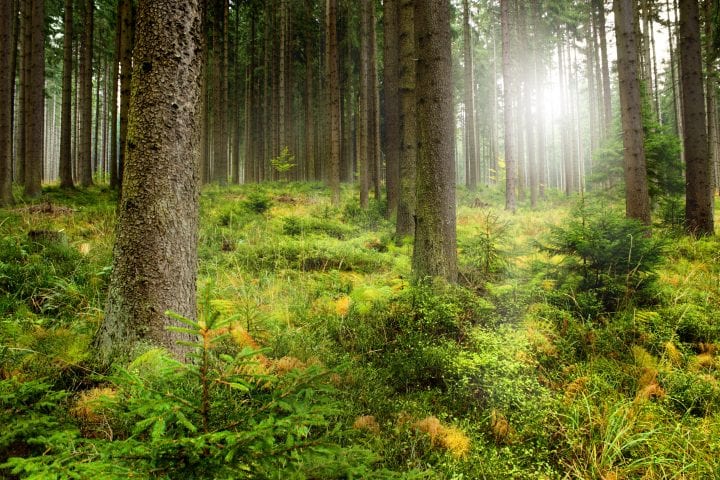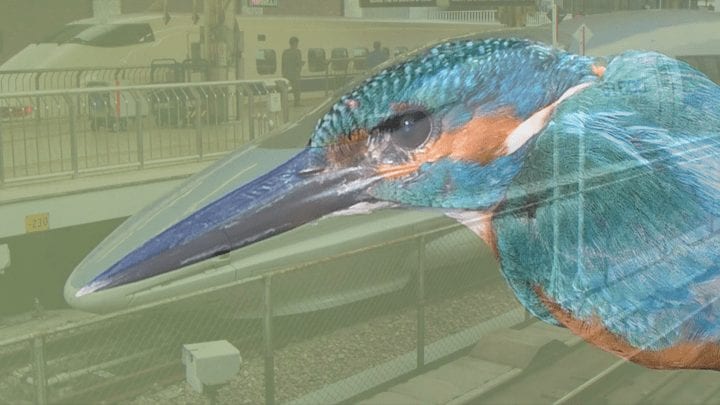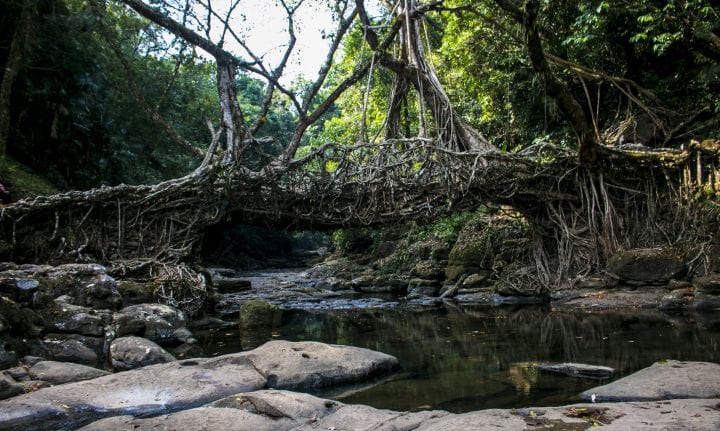In this approachable eight-page essay, Janine Benyus defines biomimicry and the discipline's place in design and culture.
Objectives
- Readers will understand what biomimicry is and what it is not.
- Readers will understand how biomimicry fits into other design paradigms.
- Readers will understand the three levels of biomimicry (form, process, and ecosystem).
- Readers will understand how biomimicry differs from other bio-approaches.
In this essay, Janine Benyus’s wonderful prose guides readers to key information they need for understanding what is and what it is not. She defines the three levels of biomimicry—mimicking of natural forms, processes, and ecosystems. She discusses how biomimicry fits in with other eco-design paradigms people might be familiar with such as Cradle to Cradle and the Living Building Challenge, and how it differs from similar sounding bio-approaches like bio-utilized and bio-assisted. Janine explains in more depth concepts from her many talks such as the idea that biomimicry looks to nature not just as a model, but also as measure and mentor.
“There’s nothing like trying to a leaf to make you tremble every time you walk through a forest. To learn the ropes of being an earthling requires that we choose nature not just as model, but also measure and mentor. Learning from life’s genius involves these questions: What would nature do here (nature as model), what wouldn’t nature do here (nature as measure), and why or why not? (nature as mentor).” —Janine Benyus
This article is useful as an assigned reading for students in high school and up, or simply for personal and professional enrichment. Educators can use the concepts in this article to guide students doing design challenges to emulate nature at a deeper level than is often done.

